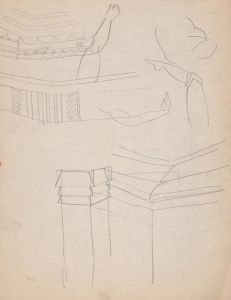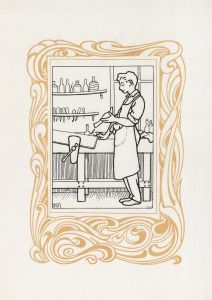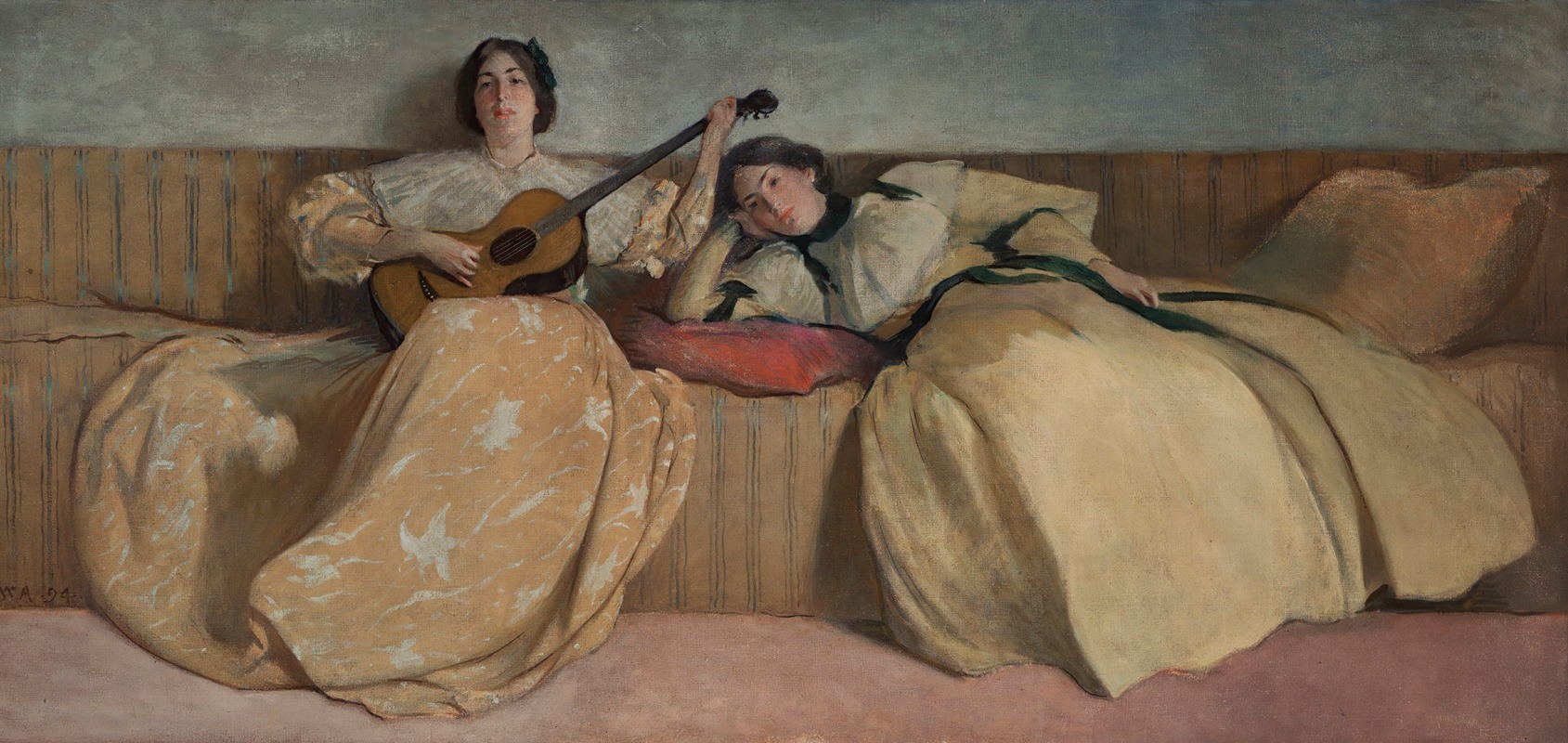
Panel for Music Room
A hand-painted replica of John White Alexander’s masterpiece Panel for Music Room, meticulously crafted by professional artists to capture the true essence of the original. Each piece is created with museum-quality canvas and rare mineral pigments, carefully painted by experienced artists with delicate brushstrokes and rich, layered colors to perfectly recreate the texture of the original artwork. Unlike machine-printed reproductions, this hand-painted version brings the painting to life, infused with the artist’s emotions and skill in every stroke. Whether for personal collection or home decoration, it instantly elevates the artistic atmosphere of any space.
John White Alexander's "Panel for Music Room" is a notable example of the artist's contribution to the American mural movement during the late 19th and early 20th centuries. Created as part of a decorative commission, this work reflects Alexander's mastery of mural painting and his ability to harmonize art with architectural spaces.
John White Alexander (1856–1915) was an American painter and illustrator known for his elegant, flowing compositions and his focus on the human figure. He was particularly active in creating murals for public and private spaces, a popular artistic endeavor during the Gilded Age in the United States. This period saw a surge in large-scale decorative projects, often commissioned by wealthy patrons or institutions seeking to enhance their interiors with art that conveyed cultural sophistication.
The "Panel for Music Room" was designed as part of a larger decorative scheme for a music room, though the specific location and patron of this commission are not widely documented. The painting exemplifies Alexander's characteristic style, which often featured elongated figures, fluid lines, and a sense of rhythmic movement. These qualities were influenced by both the Art Nouveau movement and the aesthetic ideals of the time, which emphasized beauty, elegance, and the integration of art into everyday life.
The subject matter of the panel aligns with its intended setting in a music room. It likely depicts figures engaged in musical or lyrical activities, a common theme in decorative art for such spaces. Alexander's use of soft, harmonious colors and graceful forms would have complemented the ambiance of a room dedicated to music, creating a visual parallel to the auditory experience.
Alexander's murals, including the "Panel for Music Room," were part of a broader trend in American art that sought to elevate public and private interiors through the incorporation of fine art. His works were well-received during his lifetime, and he was recognized as one of the leading muralists of his era. In addition to his murals, Alexander was also a successful portrait painter and served as the president of the National Academy of Design from 1909 until his death in 1915.
While specific details about the "Panel for Music Room" are limited, the work remains an important example of John White Alexander's artistic legacy and his contributions to the cultural landscape of his time.





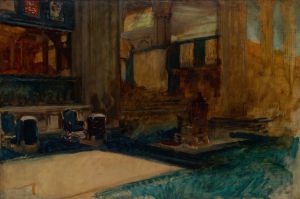
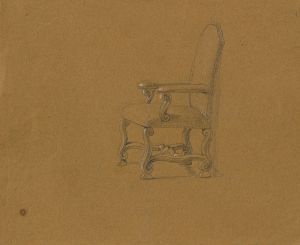
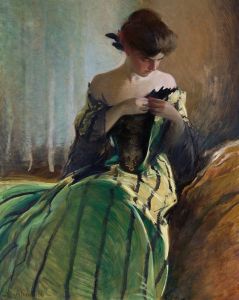
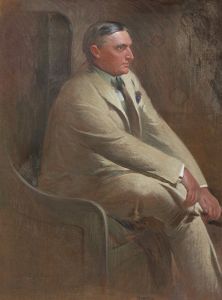

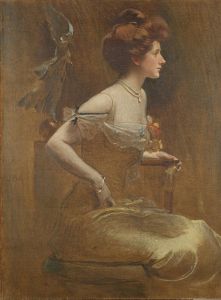
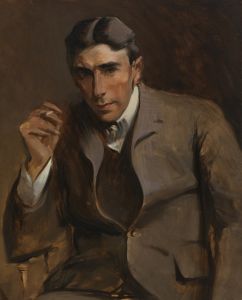
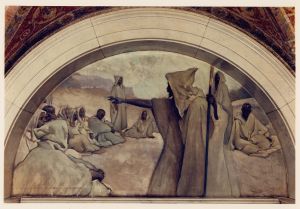
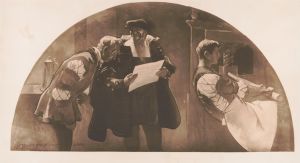
![[Design for mural in unidentified bar or restaurant.] [Study for mural]](/imgs/249261/s/winold-reiss-design-for-mural-in-unidentified-bar-or-restaurant-study-for-mural-93fd9e8e.jpg)
![Suggested treatments of Auditorium for Theatre and Concert Hall, New York World’s Fair 1939.] [Sketch for Scheme A](/imgs/249447/s/winold-reiss-suggested-treatments-of-auditorium-for-theatre-and-concert-hall-new-york-worlds-fair-1939-sketch-for-scheme-a-32d2e6d7.jpg)
